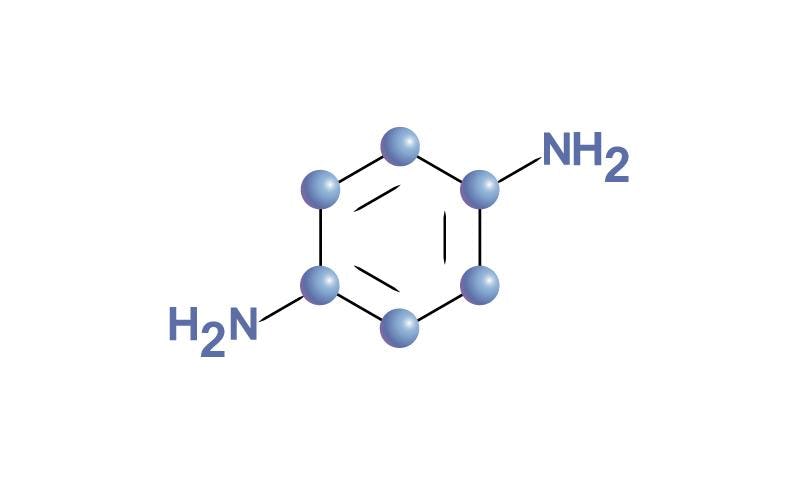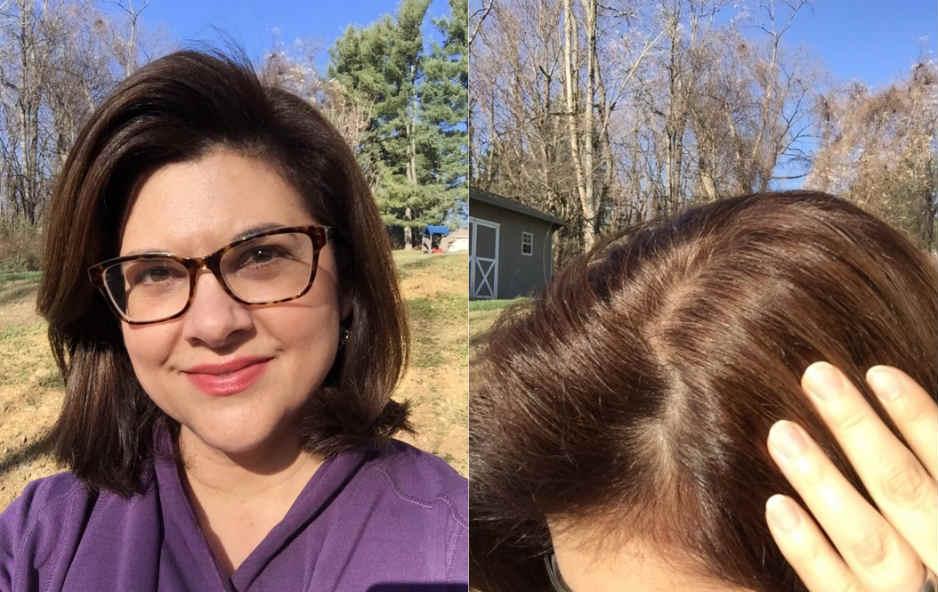Often there are unpronounceable ingredients in hair color, and Paraphenylenediamine is definitely one of those ingredients. Parapheny-what? Exactly.
Madison Reed | March 01, 2017
All About PPD (And Why We Don't Use It)

Adobe Stock
What is PPD in hair color?
Paraphenylenediamine—more commonly known as PPD—is a chemical substance that is commonly found in permanent hair color and other dyes. PPD in hair color is most often used in dark shades; hair color companies use PPD pervasively because it provides long-lasting hair color that has a natural look. PPD hair dye is used in both salon and at-home color because it is an effective ingredient in coloring dark hair. PPD is also commonly used in temporary tattoos, dark colored cosmetics, and even in textile dyes and printing inks.
Is PPD harmful?
Despite its efficacy in coloring hair, PPD has a reputation for negative side effects. Most commonly, PPD can cause reactions ranging from mild skin irritation to more severe allergic contact dermatitis. Sensitive individuals may experience dermatitis—skin inflammation and irritation commonly referred to as eczema. Eczema may first be noticed on the upper eyelids or rims of the ears after application of the hair color. These symptoms often calm down after the dye is fully oxidized, but any type of rash and swelling is uncomfortable, even for a short time. In more serious cases, there may be marked reddening and swelling on the scalp and the face. An allergy to PPD can result in widespread contact dermatitis, as well as hives and, in rare severe cases, anaphylaxis.
In addition to users experiencing skin irritations from having their hair colored with permanent color containing PPD, people who frequently work with PPD—such as hair colorists—often develop dermatitis on their hands. This can occasionally spread to the arms and even the chest. Anyone who is planning on coloring their hair should complete a patch test following recommended directions in the packaging to determine their sensitivity with the product to avoid potential allergic reactions, and hair dressers should always use gloves when working with hair color containing PPD. An increase in exposure correlates to an increased likelihood of reaction, even in people who may not have experienced dermatitis before.
PPD free hair dye - A Better Alternative
At Madison Reed, our Radiant Cream Color uses PTD—Toluene 2,5-Diamine Sulfate (TDS), an ingredient that effectively replaces PPD in permanent hair color while offering a lower incidence of skin sensitivities. One study showed that half of users who were allergic to PPD did not experience an adverse effect to a PTD substitute. However, as the ingredients are chemically similar, it is possible for users who are allergic to PPD to experience irritation when using a color with PTD. At Madison Reed, we always recommend completing a patch test to determine how your skin will react to our products.
The Bottom Line on PPD
Although many manufacturers have determined that PPD reactions occur infrequently enough to continue using PPD in their products, we believe it’s important to use safer alternatives whenever possible. Color with PTD creates the same rich, dark shades our clients love, without the incidence of allergic reactions that one would expect from the use of PPD.
Visit Madison Reed and explore our product line, where you’ll find nourishing permanent color solutions that are completely free of PPD. For further reading, check out Allergic Reactions to Hair Color.

Sources
http://www.dermnetnz.org/topics/allergy-to-paraphenylenediamine/
http://www.medscape.com/viewarticle/747496
Alternative Hair Dye Products for Persons Allergic to para-Phenylenediamine. A. Scheman et al. Dermatitis Vol 22 No 4 (2011) pp. 189-192.










